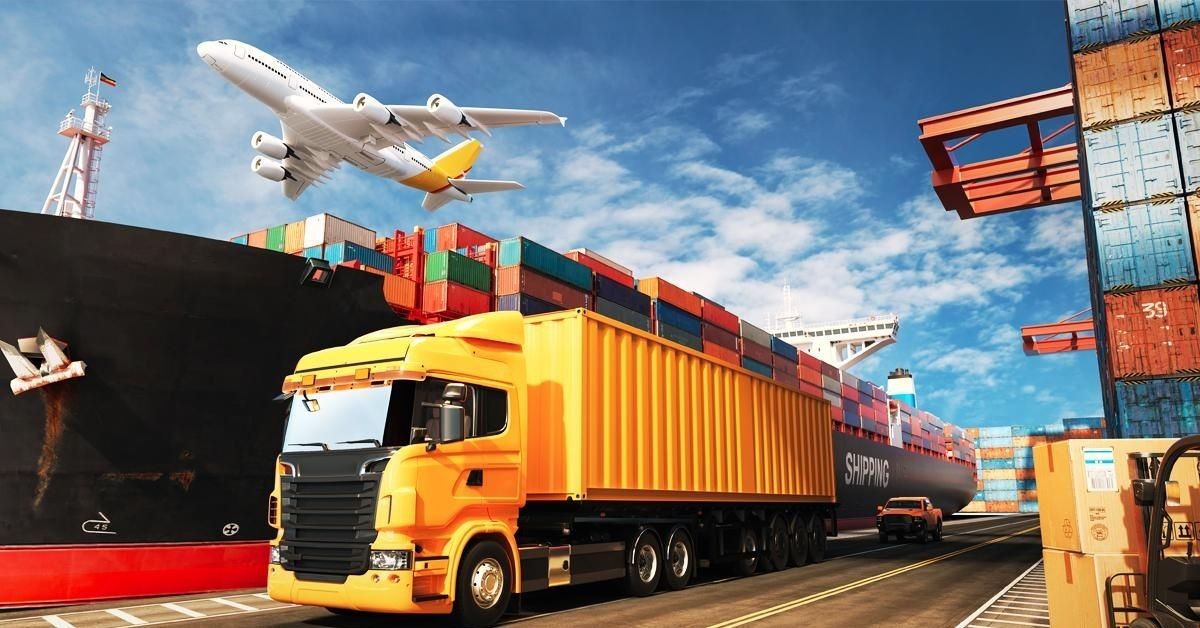Seamless transport connectivity between India and Bangladesh, particularly the Northeastern states, has the potential to increase national income by as much as 17 per cent in Bangladesh and 8 per cent in India, says a new World Bank report. The report contends that improving transport connectivity between the two countries could increase exports even further, yielding a 297 per cent increase in Bangladesh’s exports to India and a 172 per cent increase in India’s exports to Bangladesh.
States bordering Bangladesh such as Meghalaya, Assam, Mizoram and Tripura in the Northeast and West Bengal on the west and states further away from Bangladesh such as Uttar Pradesh and Maharashtra would also gain huge economic benefits from seamless connectivity. At present, Indian trucks are not allowed to transit from mainland India to the Northeast and vice versa through Bangladesh. As a result, the Northeast region is particularly isolated with the rest of the country and connected only through the 27-km-wide Siliguri corridor, also called the “chicken’s neck”. This leads to cost and time overrun.
Goods from Agartala, for example, travel 1,600 km through the Siliguri corridor to reach Kolkata Port instead of 450 km through Bangladesh. If the border were open to Indian trucks, goods from Agartala would have to travel just 200 km to the Chattogram Port in Bangladesh, and the transport costs to the port would be 80 per cent lower, the report estimates. “Geographically, Bangladesh’s location makes it a strategic gateway to India, Nepal, Bhutan, and other East Asian countries. Bangladesh can also become an economic powerhouse by improving regional trade, transit and logistics networks,” said Mercy Tembon, World Bank Country Director for Bangladesh and Bhutan.
“Weak transport integration makes the border between Bangladesh and India thick. Crossing the India–Bangladesh border at Petrapole–Benapole, the most important border post between the two countries, takes several days,” the report says.
Countries need to address a number of challenges such as infrastructure deficits, particularly in designated border posts, harmonization of regulations and customs procedures, it adds.
Source: The Shillong Times








